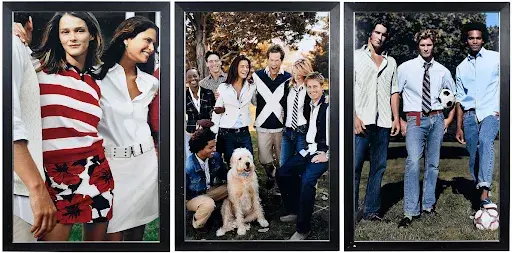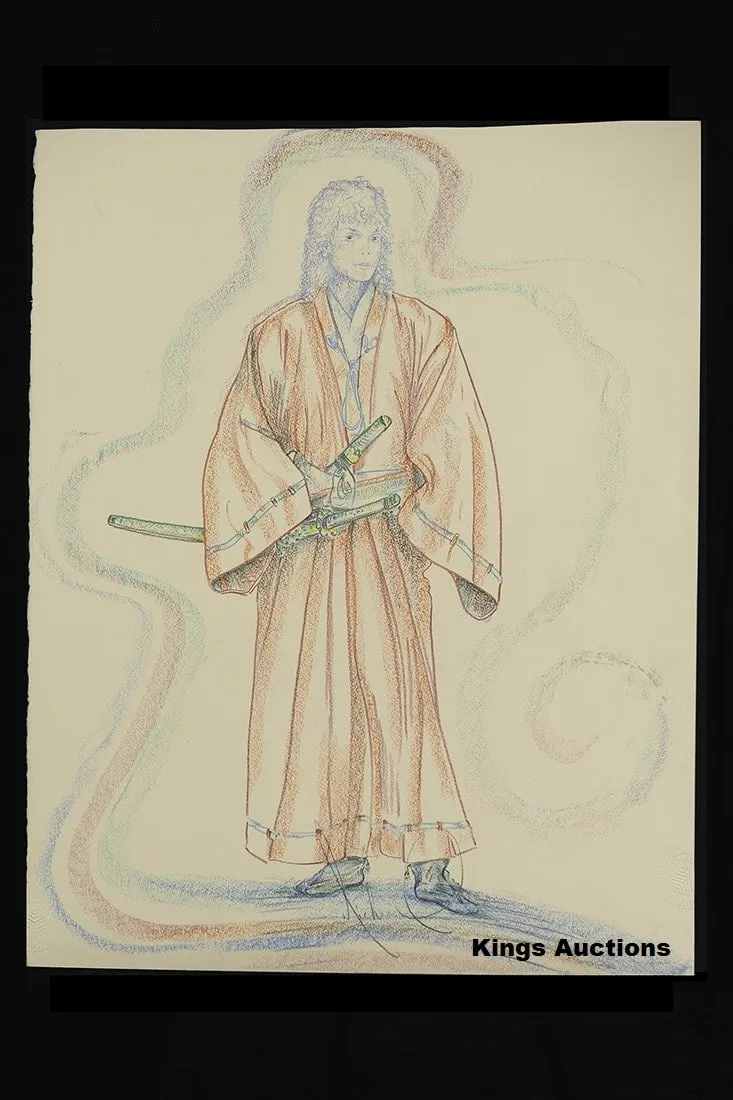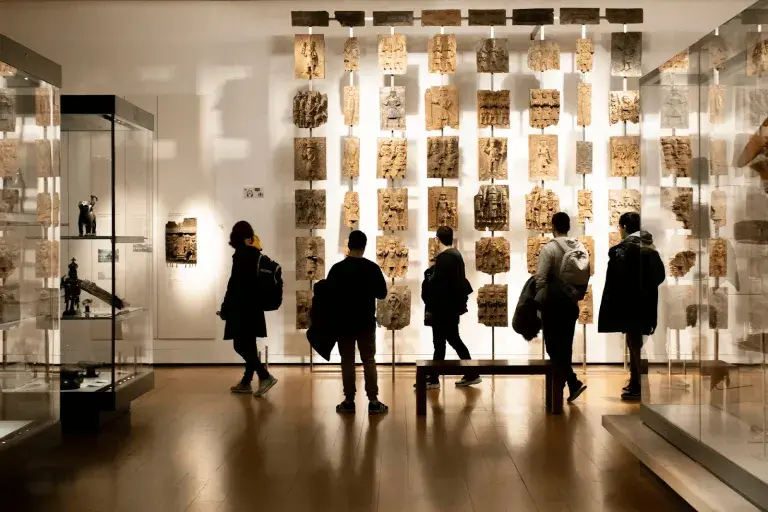Will Seoul Leap to Become an Asian Art Market Hub in 2023?
While the domestic and foreign art markets are expected to fall in 2023, Korean analysts say that Seoul needs to reform its tax system to become an Asian art market hub.
The Korea Art Authentication & Appeal Research Center (KAAARC) said in a recent 2022 Art Market Analysis Report, “Seoul has an opportunity to dominate the Asian art market considering Japan’s low yen and Hong Kong’s political situation.” South Korea opened Frieze Seoul for the first time in Asia last year, showing the possibility of becoming an Asian art market hub. Currently, Korea, Hong Kong, Singapore, and Japan are competing for dominance.

The report pointed out that the next Frieze Seoul, which will be held in 2026, will bring great development to the Korean art market, but there are many tasks to be solved before then. The report said, “Except for a small number of artists, including artist Kim Hwan-ki (1913 – 1974), in Frieze Seoul, purchases have been focused on famous overseas artists, and we should work hard to raise domestic artists to the international level. We should clearly recognize that the essence of the art fair is not a cultural and artistic event, but a convention industry.” In particular, Hong Kong and Singapore are duty-free or 0.5%, but Korea charges 20% of individual consumption tax on luxury goods exceeding about USD 1,625 (KRW 2 million). The report added, “It depends on the government and the people’s choice between profits from the international art market hub or individual consumption tax.”
In Asia, the first Singapore Art SG was held from January 11 to 15, 2023, followed by Art Basel Hong Kong (March), Tokyo Gendai (July), and Frieze Seoul (September). Singapore Art SG is known to have had fewer visitors due to the impact of the global economic recession, and Art Basel Hong Kong in March is expected to see a 30% decrease in the number of participating galleries from 2019 due to political instability in Hong Kong.
Regarding the art market in 2023, the report said, “Art trade tends to decrease during the economic recession,” adding, “This year’s art market is not at the level of 1991 or 2009, but it is likely to shrink compared to 2021 or 2022.” Accordingly, it was based on the Arc Economics survey that art sales fell 64% and 36%, respectively, in 1991 and 2009. However, as the number of ultra-rich people purchasing art worldwide is increasing, it is predicted that they will protect the top floor of the art market. Korea has already turned to a buyer-led market in the second half of last year.
The report then commented that the contemporary art market, which was a strong blue chip in the booming market in 2021, is in a stagnant period, and in particular, the ultra-contemporary art market is certain to have cooled down. Globally, sales of ultra-contemporary art in 2022 fell 23% from 2021 to $305.3 million. The average auction bid price fell from about $289,000 to $146,000. It also noted that the demand for new artists has decreased, and trendy fields such as NFTs have almost collapsed.

Regarding the trend of the global art world last year, the report evaluated that the emergence of non-Western and women artists was prominent. A good example of this was the Venice Biennale, which was held for the first time in three years, and 192 (90%) out of 213 selected artists at the international exhibition were women. As they also stood out in the art market, women artists born between 1910 and 1929 accounted for 54.6% of total auction sales between 2015 and September 2022. Yayoi Kusama, Helen Frankenthaler, Agnes Martin, Louise Bourgeois, and Joan Mitchell sold more than $10 million in September of 2022. The names of Korean female artists were also included. Mi-rae Lee and Geum-hyung Jung, born in the 1980s, were invited to the Venice Biennale, and Haegue Yang, Bul Lee, and Soo-ja Kim were named the World Artists Top 100 by Artfacts, a contemporary art research firm.
Meanwhile, the Korea Art Price Appraise Association and Art Price analyzed the domestic art auction market for 24 years from 1998 to last year, and found that it grew 1,830 times. During this period, the total amount of successful bids was about USD 2.08 billion (KRW 2.5354 trillion), with 304,846 entries and 194,044 winning entries. The establishment of a Korean art auction house happened in 1998. At that time, the domestic art auction market was valued at about $148,000 (KRW 180 million).
Ten years later, the Korean art auction market exceeded about $82 million (KRW 100 billion) for the first time. Sales in 2021 peaked at $270 million (KRW 325.7 billion). In 2022, it fell to $194 million (KRW 236.1 billion) from its peak. The recent report cited the 2008 financial crisis, the 2019 COVID-19 outbreak, and the 2022 base rate hike as the three external events that historically stopped auction market growth.









